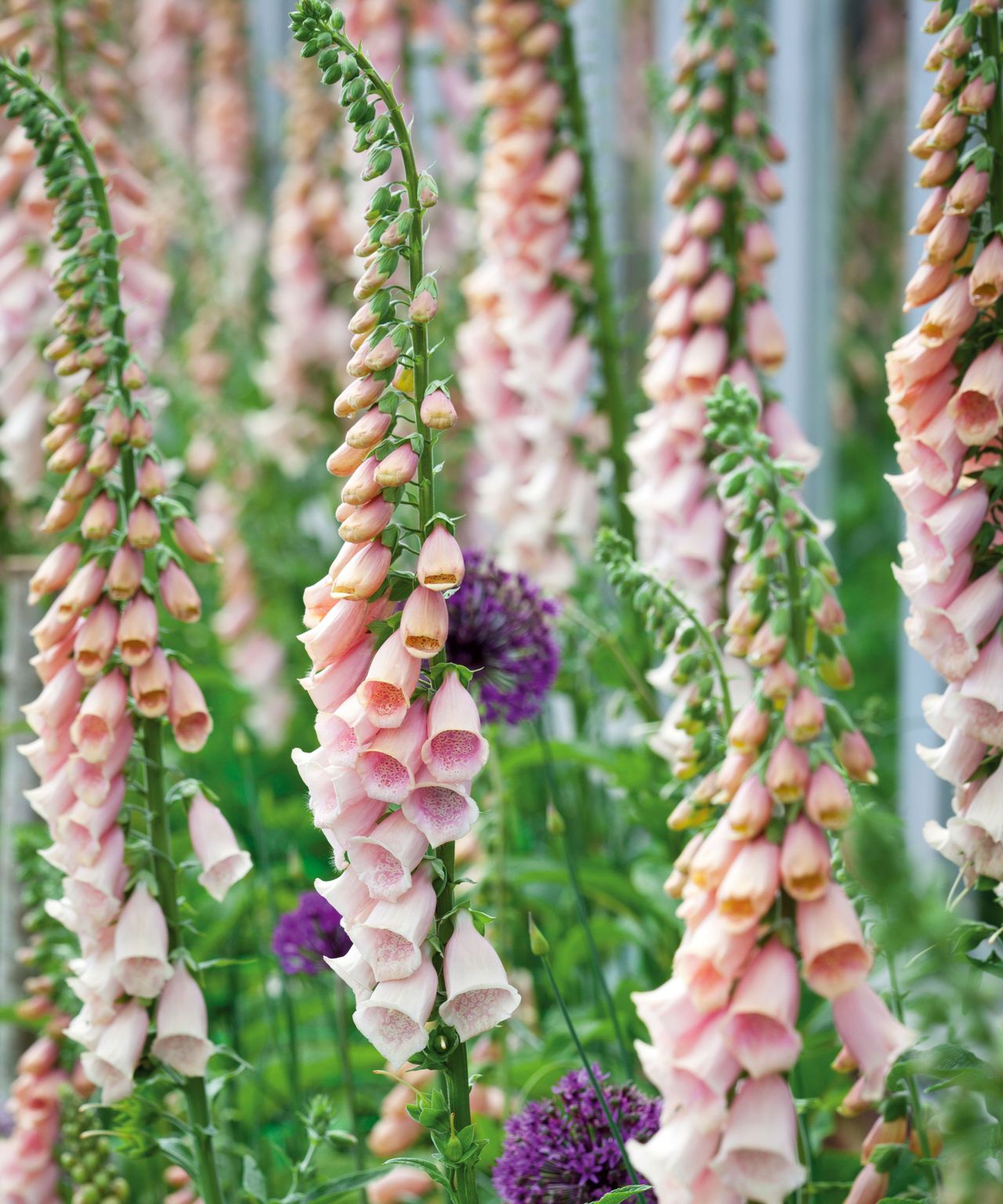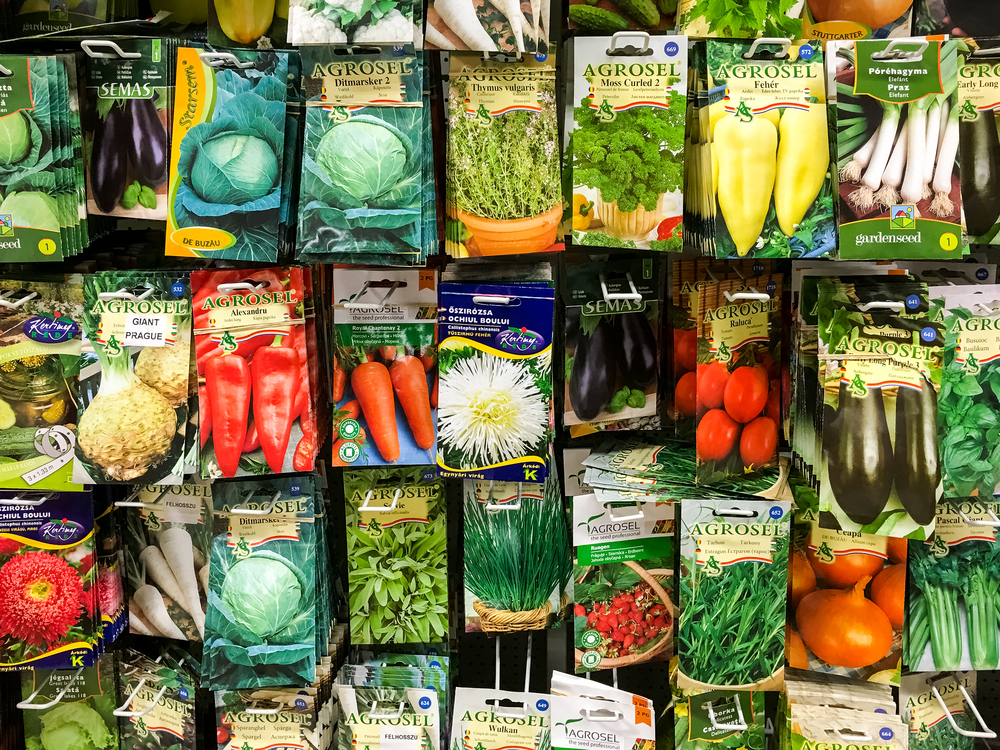Why June is the Perfect Time to Plant
June is an ideal time to plant a variety of flowers, vegetables, and shrubs, thanks to the warm weather, longer days, and ideal soil conditions. These factors contribute to healthy plant growth and increased yields, making June a great time to get a head start on the growing season. With the soil warmed up and the risk of frost reduced, roots can grow deeper, resulting in stronger, more resilient plants. Additionally, the increased sunlight in June promotes healthy plant development, allowing plants to thrive and produce an abundance of flowers, fruits, and vegetables. By planting in June, gardeners can take advantage of these favorable conditions and enjoy a bountiful harvest throughout the summer. Whether you’re looking to add some color to your garden with vibrant flowers or stock your pantry with fresh produce, June is the perfect time to plant.
How to Choose the Right Plants for Your Climate
When it comes to selecting plants to plant in June, it’s essential to choose varieties that thrive in your region’s climate and temperature zone. This ensures that your plants receive the right amount of sunlight, water, and nutrients to grow strong and healthy. To make the right choice, consider factors like sunlight, soil type, and moisture levels. For example, if you live in a hot and dry climate, look for plants that are drought-tolerant and require minimal watering. On the other hand, if you live in a cool and wet climate, choose plants that prefer moist soil and partial shade. By selecting plants that are well-suited to your climate, you can minimize the risk of disease and pests, and enjoy a bountiful harvest of flowers, fruits, and vegetables. Some popular plants to plant in June that are suitable for a variety of climates include marigolds, zinnias, and tomatoes. These plants are easy to grow, require minimal maintenance, and can thrive in a range of conditions.
Vibrant Flowers to Plant in June
June is a great time to add some color and vibrancy to your garden with a variety of beautiful flowers. Some popular plants to plant in June include marigolds, zinnias, and sunflowers. These flowers are easy to grow, require minimal maintenance, and can thrive in a range of conditions. Marigolds, for example, are drought-tolerant and can grow in poor soil, making them a great choice for areas with limited watering. Zinnias, on the other hand, attract pollinators like butterflies and bees, adding an extra layer of beauty to your garden. Sunflowers, with their bright yellow petals and tall stalks, can provide a dramatic pop of color and can grow up to 12 feet tall. When planting flowers in June, make sure to choose a location with full sun and well-draining soil. Water them regularly, but avoid overwatering, which can lead to root rot and other diseases. With proper care, these flowers will bloom throughout the summer, providing a beautiful display of color and vibrancy.
Delicious Vegetables to Sow in June
June is an ideal time to plant a variety of delicious vegetables that will thrive in the warm weather. Some popular plants to plant in June include tomatoes, peppers, and cucumbers. These vegetables are easy to grow and require minimal maintenance, making them perfect for gardeners of all skill levels. Tomatoes, for example, need full sun and well-draining soil to grow. They also require support as they grow, so make sure to provide a trellis or cage. Peppers, on the other hand, prefer slightly acidic soil and consistent moisture. Cucumbers are a warm-season crop that prefer well-draining soil and full sun. They can be trained to climb a trellis or left to spread on the ground. When planting vegetables in June, make sure to space them correctly to allow for proper air circulation and sunlight penetration. Tomatoes, for example, should be spaced about 2-3 feet apart, while peppers and cucumbers can be spaced about 1-2 feet apart. With proper care and attention, these vegetables will be ready to harvest in no time, providing a fresh and delicious addition to your summer meals.
Shrubs and Trees to Plant for Summer Shade
As the summer months approach, providing shade and beauty to your outdoor space becomes a top priority. One of the best ways to achieve this is by planting shrubs and trees that thrive in the warm weather. Some popular plants to plant in June for summer shade include hydrangeas, lilacs, and oak trees. Hydrangeas are a great choice for adding color and vibrancy to your garden, with their big, showy blooms in shades of pink, blue, and white. They prefer well-draining soil and partial shade, making them ideal for areas that receive morning sun and afternoon shade. Lilacs, on the other hand, are a low-maintenance option that provide a beautiful display of purple flowers in the summer. They prefer full sun and well-draining soil, making them perfect for areas with plenty of sunlight. Oak trees are a great choice for providing shade and improving air quality. They prefer full sun and well-draining soil, and can grow up to 60 feet tall. When planting shrubs and trees in June, make sure to dig a hole that is twice as wide and just as deep as the root ball. Add organic matter like compost or manure to improve soil fertility and drainage. Water regularly, but avoid overwatering, which can lead to root rot and other diseases. With proper care and attention, these shrubs and trees will provide beauty and shade to your outdoor space for years to come.
Preparing Your Soil for June Planting
Before planting your favorite flowers, vegetables, and shrubs in June, it’s essential to prepare your soil to ensure healthy growth and maximum yields. One of the most critical steps in preparing your soil is to test its pH levels. Most plants to plant in June prefer a slightly acidic to neutral soil pH, ranging from 6.0 to 7.0. If your soil is too acidic or alkaline, it can affect the availability of essential nutrients, leading to stunted growth and poor yields. To test your soil pH, you can purchase a DIY kit or send a sample to a laboratory for analysis. Once you have determined your soil pH, you can take steps to adjust it if necessary. Adding organic matter like compost or well-rotted manure can help improve soil fertility and structure, while also reducing soil pH. Another crucial step in preparing your soil is to remove weeds and debris. Weeds can compete with your plants for water, nutrients, and light, leading to reduced growth and yields. Remove any weeds or debris from the planting area, and consider using a layer of mulch to suppress weed growth. Finally, loosen the soil to a depth of 12-18 inches to improve drainage and aeration. This will help your plants to establish a strong root system, leading to healthy growth and maximum yields. By following these simple steps, you can create an ideal environment for your plants to thrive in June.
Common Mistakes to Avoid When Planting in June
When it comes to planting in June, there are several common mistakes that can hinder the success of your garden. One of the most critical mistakes to avoid is planting too early or too late. In regions with unpredictable weather patterns, planting too early can expose your plants to frost or other adverse conditions, while planting too late can result in reduced yields or stunted growth. Make sure to check the average last frost date for your area and wait until the soil has warmed up to at least 60°F (15°C) before planting. Another mistake to avoid is not providing adequate support for your plants. Many plants to plant in June, such as tomatoes and peas, require support as they grow. Failure to provide support can lead to weak and spindly growth, reducing yields and making them more susceptible to disease. Additionally, neglecting to water properly can be detrimental to your plants. Make sure to water your plants deeply and regularly, but avoid overwatering, which can lead to root rot and other problems. Finally, failing to prepare your soil properly can also hinder the success of your garden. Make sure to test your soil pH, add organic matter, and remove weeds before planting to create an ideal environment for your plants to thrive. By avoiding these common mistakes, you can ensure a successful and bountiful harvest from your June planting.
Getting the Most Out of Your June Planting
To maximize the success of your June planting, it’s essential to provide your plants with the right conditions to thrive. One of the most effective ways to do this is by mulching around your plants. Mulch helps to retain moisture, suppress weeds, and regulate soil temperature, creating an ideal environment for healthy growth. Additionally, fertilizing your plants in June can give them a much-needed boost to promote vigorous growth and fruiting. Use a balanced fertilizer that is rich in nutrients, and follow the instructions on the label for application rates. Another critical aspect of getting the most out of your June planting is monitoring for pests and diseases. Keep an eye out for signs of trouble, such as holes in leaves, yellowing, or black spots, and take action quickly to prevent the problem from spreading. Use organic or integrated pest management methods whenever possible to minimize harm to beneficial insects and the environment. By following these simple tips, you can ensure that your plants to plant in June receive the care they need to thrive and provide you with a bountiful harvest. Remember to also keep your plants well-watered, especially during periods of drought or high temperatures, and provide support for plants that need it, such as tomatoes and peas. With proper care and attention, your June planting can be a resounding success, providing you with a vibrant and productive garden all summer long.








